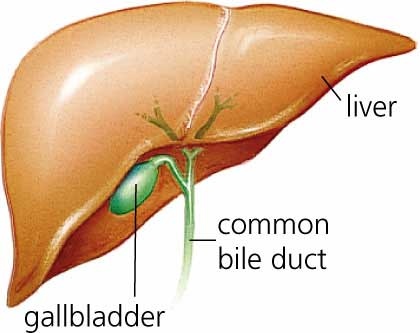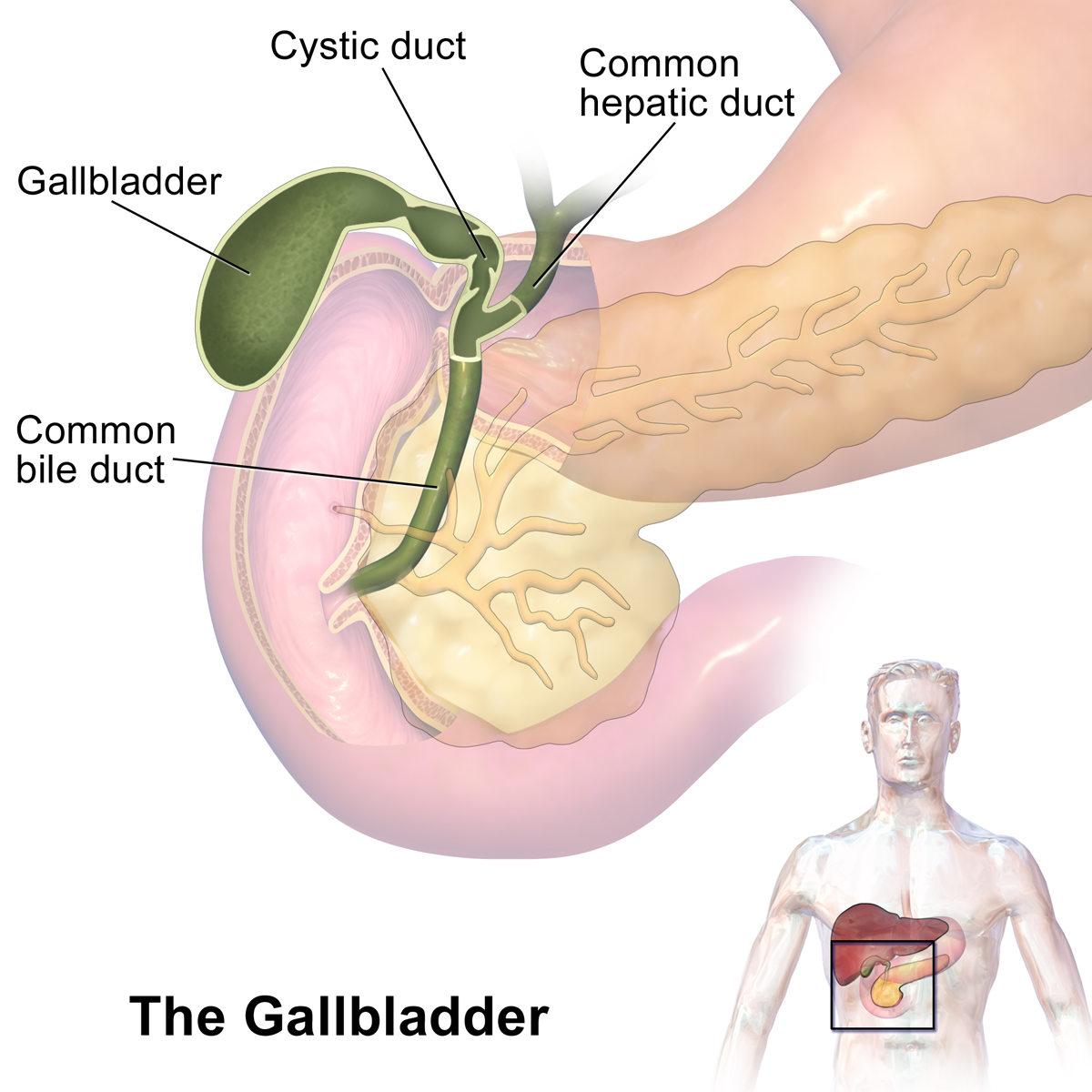How the Human Body Stores Toxin in the Liver and Gallbladder
Tiger Keelback Snake

Baby Sloth in Hand

Sequestration Defined
In Biology, sequestration is known as a defense mechanism in which toxins are consumed into the body, and stored internally where the toxins are rendered harmless.
For example, the Tiger Keelback snake was found to sequester bufadienolide toxins from toads. This discovery was made by Deborah Hutchinson and other scientists. Her very elaborate findings can be read in detail here in her report titled: Dietary sequestration of defensive steroids in nuchal glands of the Asian snake Rhabdophis tigrinus.
Another animal example is when the Sloth feeds on toxic plants. The Sloth not only moves slow, but consumes toxic plants which can take up to 1 month for it to digest.
The next logical question would be: Do humans sequester toxins?
The human body deals with toxins in a different way, but still has a complex system in place. Humans did not evolve that way. God created humans in present form from the beginning.
Continue reading to find out how the human body extracts toxins.
Staying Close to the Toilet

Bile is a Toxin in the Human Gallbladder
Humans also store toxins internally. Bile, produced by the liver, is made to help digest lipids in the small intestine. It is stored in the gallbladder.
Bile is beneficial in the breakdown of fats, but it is toxic, and can be compared to urine.
Corrosive bile is not compatible with many foods, and can create an inflammation of the liver, gallbladder, and bile ducts. If bile is regurgitated into the stomach, it is often expelled by vomiting.
When cholesterol in bile grows and forms lumps, it turns into gallstones. Cholesterol gallstones are the most common, but some can also form from bilirubin when red blood cells are being destroyed.
Anyone who has ever had gallstones, will attest that they are painful. Some even have to be removed by surgery.
Some people have had their gallbladder removed as it is sometimes referred to as just an extra organ, that people can live without. Some doctors will even remove them routinely on 33-week pregnant mothers.
The human body also extracts toxins through the skin, kidneys, lungs, liver and colon.
Do people need gallbladders?
Continue reading to find out.
Gallbladder & Liver Diagram

Did You Know?
Bile salts also act as bactericides, destroying many of the microbes that may be present in food.
What Does the Gallbladder Do?
The gallbladder is actually a useful organ. It absorbs some fats from the diet, and plays a big role in fat breakdown.
In human bodies, fat is not broken down until it reaches the small intestine.
It then causes an internal release of a hormone called Cholecystokinin, which triggers the gallbladder to release bile to aid the breakdown of fat for absorption in the lining of the small intestine.
Essentially, the gallbladder is key in the breakdown of fats. It is not just a useless organ that humans evolved with as taught in Biology: Evolution and Ecology in college. Humans were created with all of our organs for a reason.
If you have not discovered why God created you, check out my article series below.
Created With a Purpose By God
- Find Out Your Purpose In Life: Stop Spinning Your Wheels
Have you ever found yourself in the monotony of life, wondering how you will ever free yourself from the never-ending bore of the same old routine? Did you know that your daily life can be exciting. The key is: Find out the purpose of life and never








